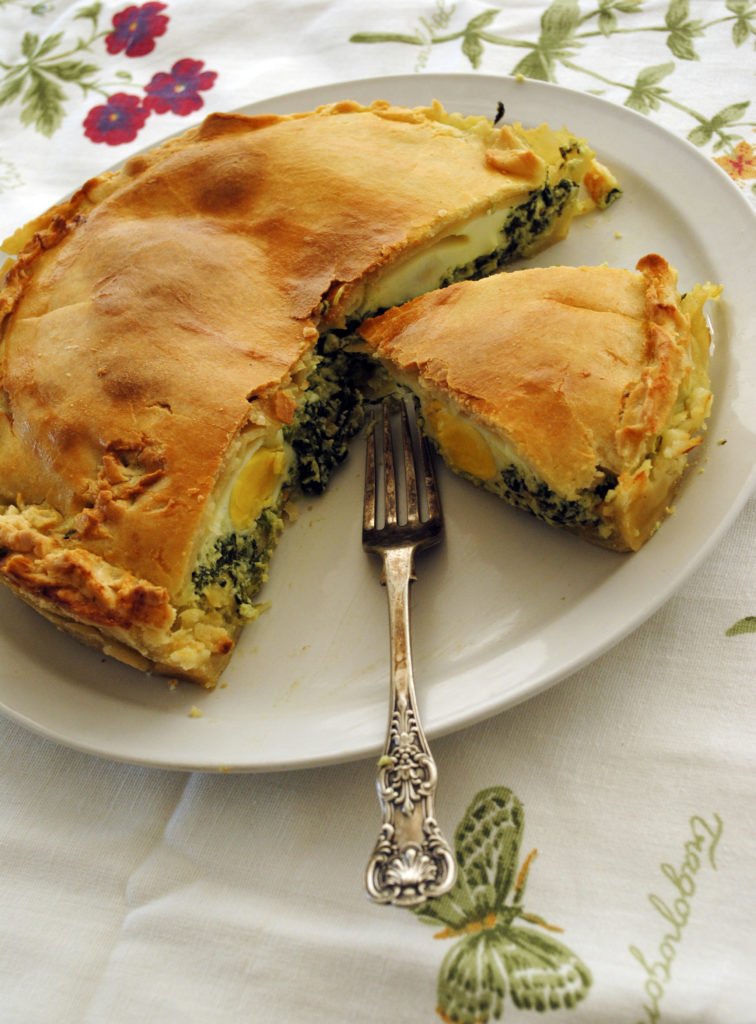
Which is the national dish of Argentines ?
The asado? Banal.
Are the empanadas? More interesting response.
Is the dulce de leche ? Then you are greedy.
However , there is another, which is always and everywhere, and is synonymous of pie: it’s the pascualina . Or better saidpasqualina . It is the same, only a little more ” stuffed ” and large the Genovese traditional pie . Because the pasqualina pie is due to the Genoese.
It was born in Genoa in the sixteenth century , quoted by the writer Ortensio Lando in the “Catalogue delli Inventori mangiano delle cose che si et si Bevano ” “and was called gaffatura. Then it went to America, or better to Argentina , distant and mythical land where people can swim in milk, or at least that’s what was said between mile of emigrates that from the port of Genoa went to the new world. In 1856 , the influx of immigrants in the port of Buenos Aires was as follows:
Italians;: 2738
French:;1484
Spanish: 1460
Brittons: 113
Germans;16
North American: 9
Total: 5.820
The neighborhood is self-defined ” xeneise “, Genoa.
The inhabitants were independent , irreverent workers, in 1882 there was a ” mythical ” popular revolt and they placed the Genoese flag on top of the district building and declared ” The República Genovesa de La Boca ” , which of course did not last long or maybe never existed , but it remains in the imagination and the stories of migration. In that place was born the tango, the sad thought that is danced , a music that insinuates almost the street of La Boca as if it was in the carrugi , the narrow streets of Genoa.

Quinquela Martín “A Pleno sol en el Puerto”
It was tough begining from the travel conditions, with a faucet for all, family separation between men and women, and the lack of a dining room.
In 1904 Boca Junior soccer club was founded and fans defined themself xeneises … frome Genoa.
So even Maradona, the more famous”Argentine Neapolitan” is a little bit Genovese, as he start his fabolous carrer from that team.
The memory, the link with the Italian motherland is held with the flavors of the dishes, with pansotti, the fainá, the pascualina.
This latter remains almost untouched to the original recipe and does not have, such as pesto, distortions due to lack of raw materials (such as pine nuts).
All this is to introduce the true Pasqualina of Liguria, which is the object of the challenge Menù Turistico, an italian blog, (MTC Challenge) and is proposed by Vitto, author of the blog La cucina Piccolina.
Vitto describes and explains how to make the original pasqualina and, above all, the technique to get a peculiar puff pastry, which includes a secret weapon: a straw, a sorbet.
And because is well known that the Ligurians make good use of scarce resources, they get flowers from rocks,they make a puff pastry without butter, without twists and turns. They make it with air.
Literally. The air magically blows through a straw .. and you get it!.
______________
I decided to reproduce the Vitto’s recipe because a pasqualina is a must to have in a recipes blog and I also wanted to pay tribute to the country, Argentina, that welcomed me. My version is obviously gluten free and to semplify my life I used an industrial gluten free flour mix that worked very well.
The choice is due to the fact that no matter how experience naturally gluten flour mix for celiacs and not celiacs is much easier to use industrial premixes, and is a reasonable thing.
So my blog will continue on two tracks and go alternating recipes with industrial gluten flour mixture and recipes made with natural gluten free mix.
- 300 grams of gluten flour (I used the MIX B Schar that I find in Buenos Aires)
- 30 grams of olive oil
- ½ cup dry white wine
- ½ cup water
- half teaspoon of salt
- Right amount of oil to grease the pan
- 1 egg for brushing
- 400g ricotta
- 800 grams of chard
- 40g grated cheese
- a tarragon leaves (or marjoram)
- 1 clove garlic
- 1 small onion
- nutmeg
- 3 eggs
- Olive Oil
- Salt and pepper
- Combine in a bowl the flour with the remaining ingredients, except water that will put little at a time to see how much it will be absorbed. For me it was enough half a glass for a soft, slightly sticky dough but that comes off of the fingers.
- I divided the dough into 5 parts, made five balls that I covered and let rest for nearly two hours. [Br]
- Remove from chard larger hard white leaves and cut the rest into thin strips .
- Mince the garlic and onion finely.
- Lightly fry the onion with the garlic.
- Add chard, it's not necessary cook before because it is a vegetable that has plenty of water, if it is too dry add a drop of water, but very little.
- Season with salt and pepper, vegetables with salt immediately release water.
- When vegetables are cooked, add the ricotta and cheese and seasoned with tarragon leaves and nutmeg. Adjust salt and pepper,
- Mix well and set aside.
- Flour the counter and stretch a ball of dough with floured rolling pin, trying not to puncture it or break it . It is not easy, even with the flour with gluten, imagine without. If you want to make a huge cake ... increase the dose of the mass ....
- Spread the base and edges of pan with oil and carefully put the dough, you can help with the rolling pin, you should cover the base of the mold, and at least cover the edges. If tha pastry breaks do not despair ... you follow the advice below n.2.
- With a brush (or hands) spreads the first sheet with oil. Repeat the process with the second ball of pastry.
- Fill with stuffing. Make three holes with the back of a spoon and break the eggs into the holes (one per hole ... of course).
- Stretching the third ball of dough. Gently spread it over the filling to cover well and the same way, smoothly, Vitto says: take care that are below the eggs are liquid.
- Proceed in the same way with the other two remaining balls of pastry, but the last layer is not smeared with oil.
- Remove part of the mass overflows the mole (if overflow) and close the top with the, base, i, leaving open only a small hole.
- Insert a straw among the last three sheets of dough over the filling and blow inside. Magically the top cover of the cake will inflate like a balloon and the pastry will puff.
- Remove the strawand quickly close the dough.
- Brush the surface with a lightly beaten egg and then cook it in the oven at 180 degrees for 40 minutes, until the surface is golden brown. [Br]
- With these doses of the ingredients do not choose a too large mold, like mine, a monster of 24 cm, height 8: is very difficult to stretch a dough sheet of more than 30 cm, since in theory the pastry should leave the edges of the monde. A mold of 18 cm is enough.
- If by chance the dough breaks as happened to me ... do not tell anyone .... and remenden with a small patch of another mass covering the hole. When it's cooked everything is attached. It is important to stretch the pastry as much as you can, it must be almost transparent . [/ i]

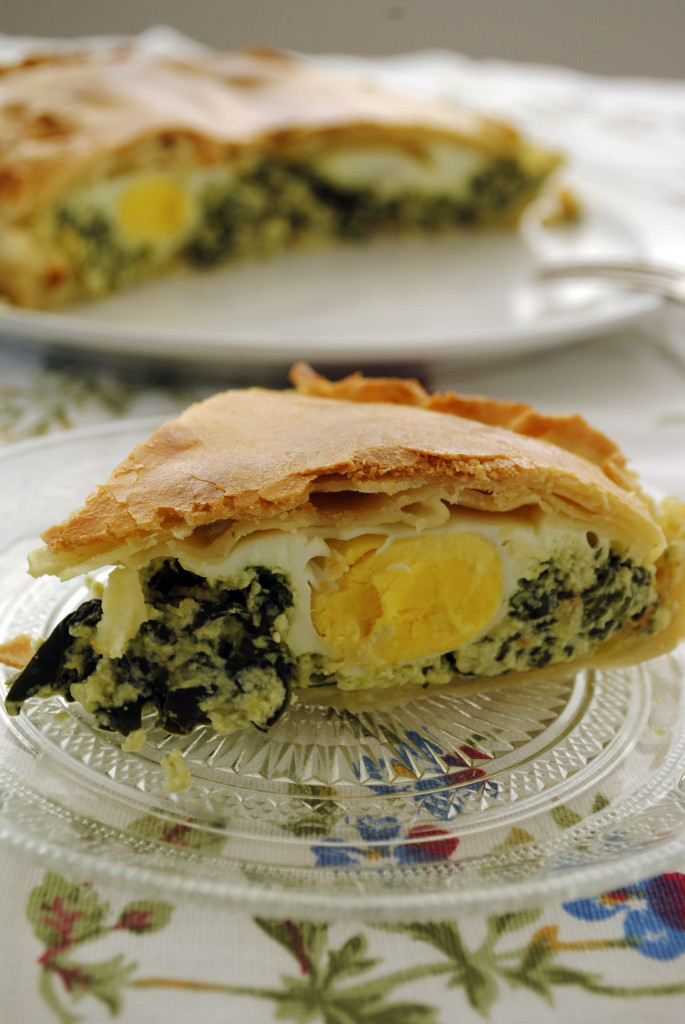
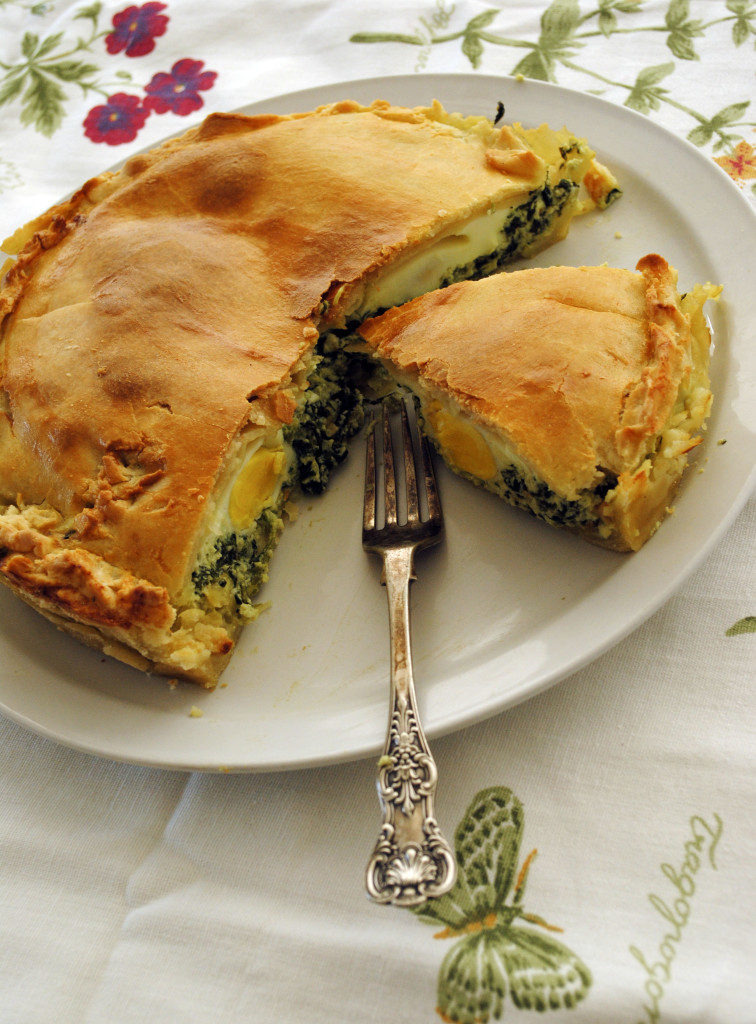
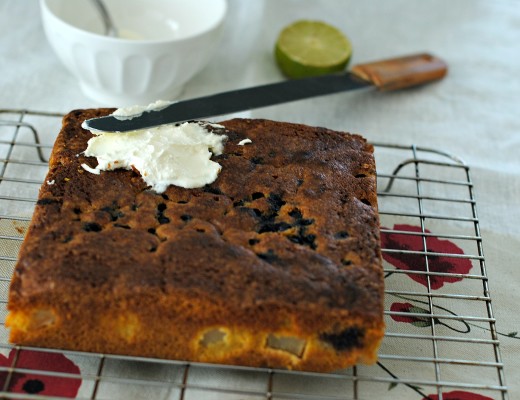
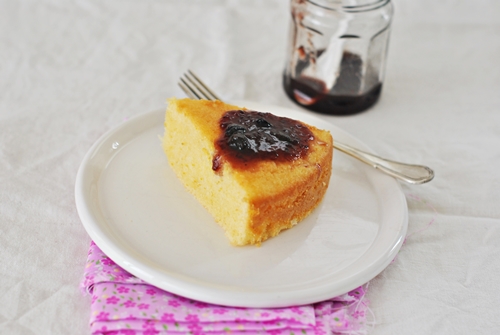
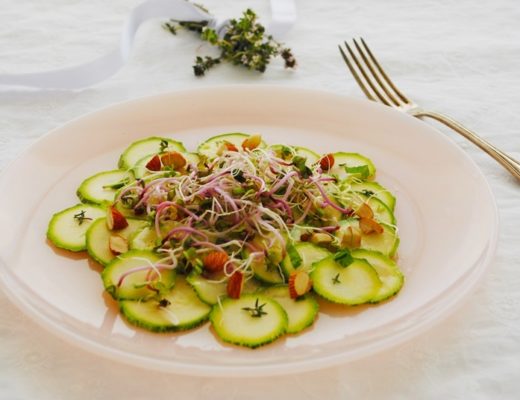
No Comments